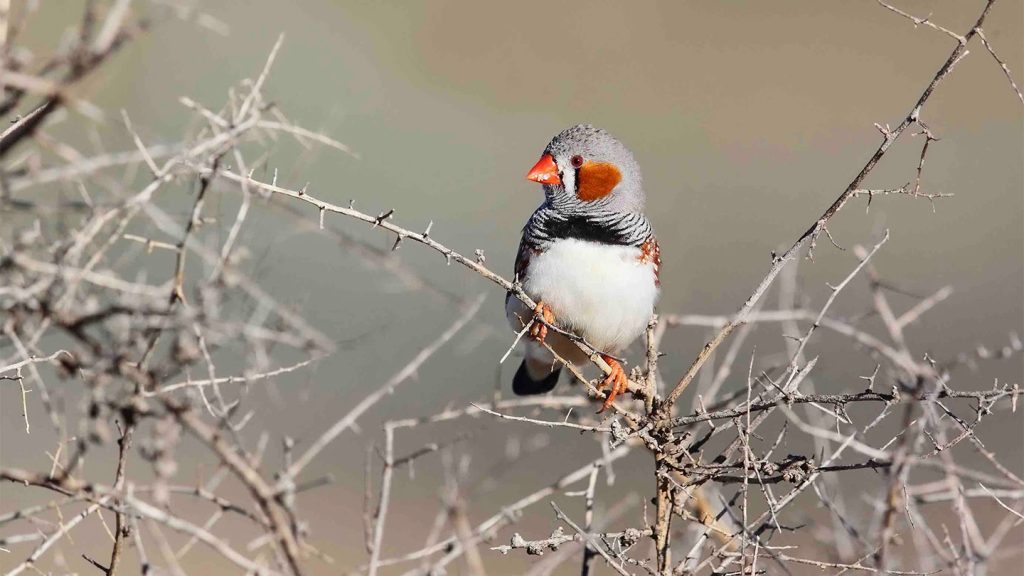The negative effects of noise pollution on animals, such as traffic noise, have been well-documented, impacting mating calls, stress levels, and even mortality rates. However, new research has found that some animals can be harmed by noise even before they can physically hear it. For example, zebra finch eggs and nestlings exposed to traffic noise daily showed significant reductions in health and reproduction throughout their lifetimes. This direct exposure to sound highlights a more pervasive threat of noise pollution than previously understood.
Researchers discovered that noise exposure during development can lead to health problems later in life, but the reasons behind these issues remained unclear. To investigate further, scientists manipulated the sound environment of zebra finches pre- and postnatally by exposing them to traffic noise or birdsong as eggs or nestlings. Surprisingly, the effects of traffic noise were significant and long-lasting, impacting the birds’ growth, weight, and telomere length, which indicates physiological stress.
The study revealed that exposure to traffic noise during the egg or hatchling stage had harmful effects, which were exacerbated in birds exposed to noise at both stages. Noise-exposed eggs had lower hatching rates, and noise-exposed nestlings were lighter and had shorter telomeres compared to those exposed to birdsong. Furthermore, in adulthood, noise-exposed birds produced significantly fewer offspring than those raised in a natural sound environment, with prenatal exposure playing a major role in this reduced reproductive success.
The findings suggest that animals have an innate and spontaneous response to noisy stimuli, which can have long-term consequences on their health and reproduction. While the exact mechanisms behind this response are still unclear, it highlights the shared impact of noise pollution across different species. This research emphasizes the need for further investigation into the effects of noise pollution on wildlife and the importance of implementing strategies to mitigate these harmful effects on animal populations.















